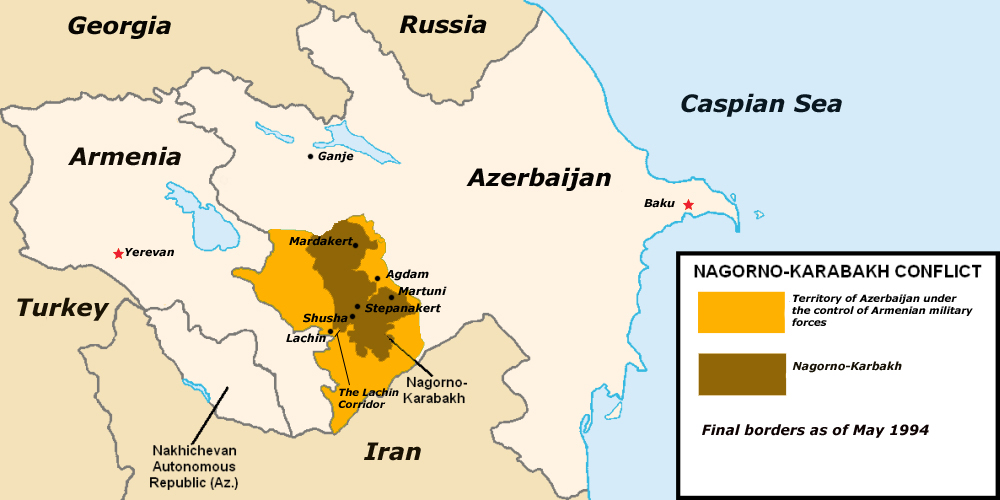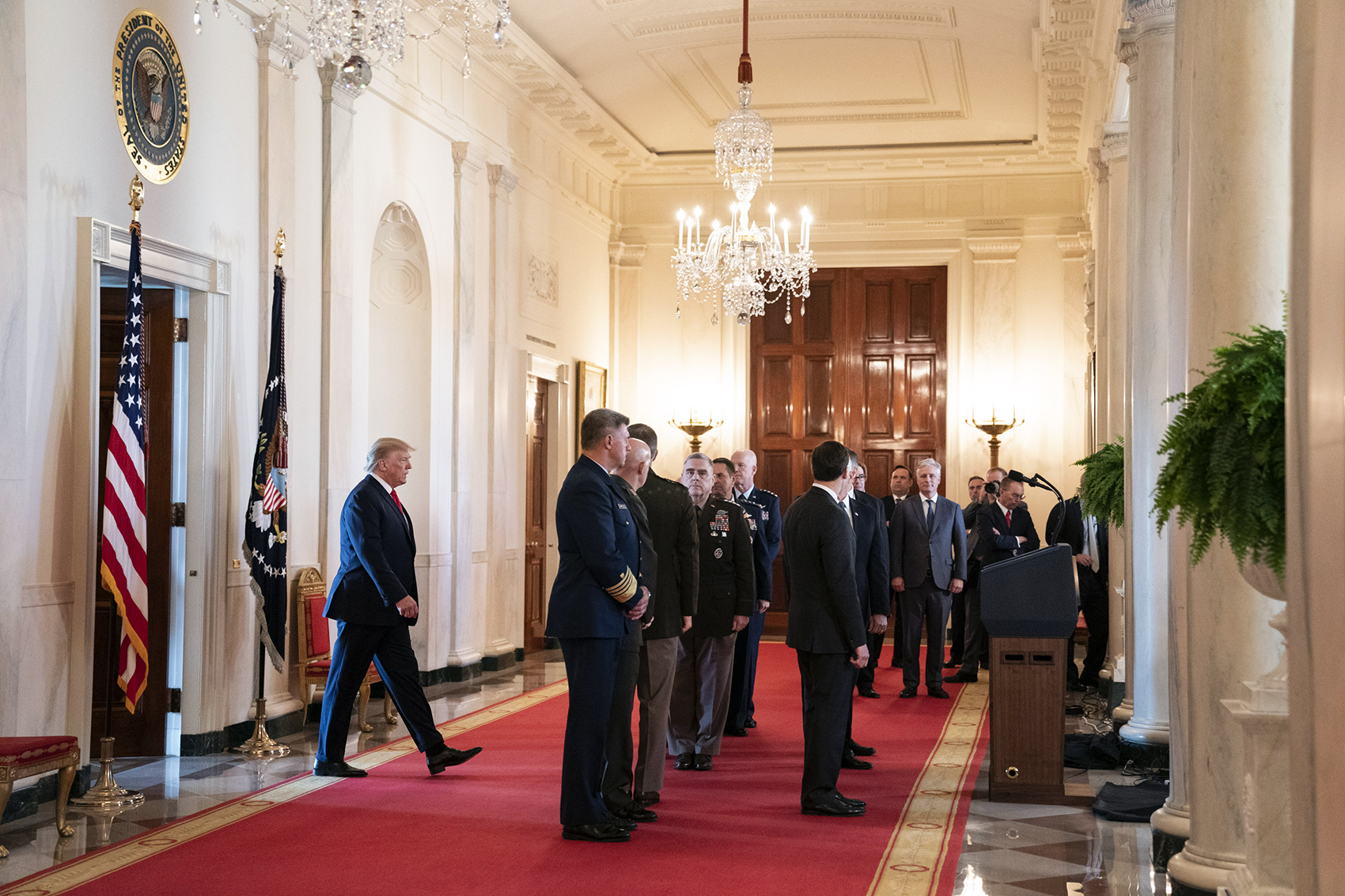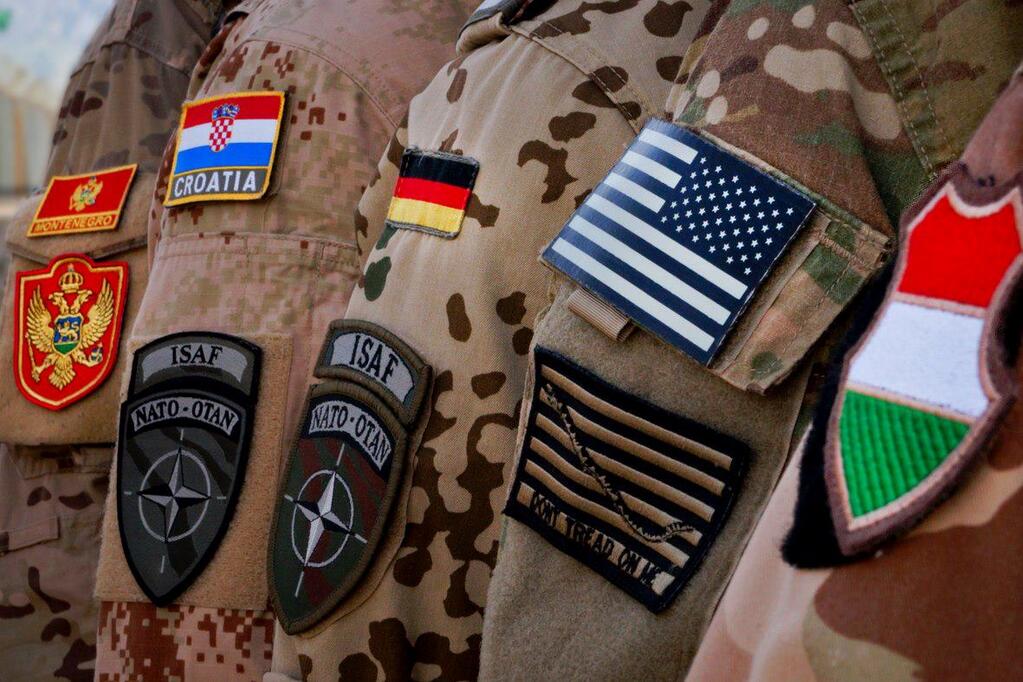Guest post by Gabriel Mitchell and Ariel I. Ahram

Since Turkey’s decision to support Bashar al-Assad’s ouster in 2011, its 900-kilometer border with Syria has become increasingly volatile. Sporadic military altercations, a severe refugee crisis, and the emergence of new quasi-state actors like ISIS and the Kurdish PYD enclave have awakened long dormant territorial disputes. The roots of these problems lay in the treaties that demarcated the Turkish-Syrian border after the First World War and, in effect, created the countries of Turkey and Syria themselves. Without a comprehensive effort to rectify and normalize these borders, Turkey will always be at the brink of slipping into Syria’s communal quagmire.
The Treaty of Lausanne is best known for establishing Turkey’s modern borders, but in fact it was the last of three accords that ultimately doomed the Ottoman Empire. Building off the secret Sykes-Picot agreement in which Britain and France divided the Near East between them, the 1920 Treaty of Sevres annulled Ottoman sovereignty over Greater Syria, Palestine, Iraq, and the Balkans. British, French, Greek, Italian, and Armenian armies invaded the Anatolia, threatening to divide the Turkish heartland itself.
However the Treaty of Sevres never got off the ground. Mustafa Kemal, later known as Atatürk, rallied the remnants of Ottoman forces and assembled a new Grand Turkish National Assembly in Ankara that rejected the treaty. Within a year he had accomplished the unthinkable, routing the Allied forces, and compelling a new round of negotiations over the nascent Turkish state’s borders.
The Treaty of Ankara, settled between France and the Grand Turkish National Assembly, delineated Turkey’s southern border. France turned over much of today’s southeastern Turkey, and in exchange Kemal acknowledged that the new republic held no further claims over former Ottoman territory. The detailed description of the boundary effectively follows the route of the still incomplete Berlin-Baghdad Railway between Aleppo and Mosul. Kobane – the latest town to which Kurdish refugees are besieged by ISIS forces – was little more than a station along this route. Its name is likely a corruption of the word “kompanie”, in honor of the German firms who funded and designed the audacious project a decade earlier. Split into two parts by the treaty, Kurdish and Armenian migrants turned the Syrian half into a prosperous border town.
The treaty also recognized Turkish sovereignty over Caber Kalesi, the tomb of Suleyman Shah, grandfather of Osman I, the eponymous founder of the Ottoman dynasty. Though Atatürk wanted to distinguish the secular republic from its Ottoman past, even he could not outrun such an illustrious legacy. Detailed in Article 9 of the treaty, the tomb and all its appurtenances remained “the property of Turkey, who may appoint guardians for it and may hoist the Turkish flag there”. Barely the size of two football fields and just 35 kilometers south of Kobane, Caber Kalesi became a portion of Turkey entirely surrounded by Syrian territory. The French, and later the Syrians, followed the terms of the treaty to the letter even under the most extreme circumstances. When Syria decided to build the Taqba Dam in 1973, Damascus agreed to relocated the tomb to a higher elevation in order to prevent its flooding. But rather than move the tomb to Turkey proper, Caber Kalesi remained a Turkish exclave, surrounded by the Euphrates River and the Syrian Desert.
Caber Kalesi seemed like a minor stipulation compared to the settlement over the ethnically and religiously diverse province of Alexandretta, known in Arabic as İskenderun and in Turkish as Hatay. Situated on the Mediterranean coast, Alexandretta was the location of the ancient port of Antioch and a prized strategic, economic, and agricultural center. Despite the fact that Turks comprised the largest ethnic population within the province, the French hoped to retain it within the Mandate as a semi-autonomous zone within a special administrative regime. Turkey begrudgingly accepted the scheme, provided that Turks would “enjoy every facility for their cultural development”. But Kemal continued to challenge the Franco-Syrian hold. He would forever call the province “Hatay,” drawing a historical link between the region’s Hittite origins and Turkey’s claims to the land.
Weighed down by their colonial commitment and fearful that Turkey was tilting toward Nazi Germany, France finally agreed to re-examine the case of Alexandretta in the mid-1930s. In 1937 the League of Nations granted the province autonomy with joint French and Turkish military supervision. Turkish troops began to infiltrate the area, pressuring Arab and Armenians in the area to accede to expanded Turkish control. Two years later the League supervised a controversial referendum in which the population voted to support union with Turkey. Alexandretta became Hatay. Though still not independent, Syrian leadership decried the loss of Alexandretta as a French conspiracy. Upon declaring independence in 1946, Syria campaigned for Hatay’s retrocession, claiming that the referendum was a violation of the French Mandate charter and the voting results had been fixed.
Hatay remained a sticking point in Turkish-Syrian relations. When the PKK launched its armed conflict against Turkey in the 1980s and 1990s, Hafez Assad provided a base of operations from which the Kurdish terror organization could subvert Turkey’s empirical sovereignty in Hatay and the rest of the Turkish southeast. In the mid-2000s Recep Tayyip Erdoğan, then Turkey’s Prime Minister, tried to develop trade relations with neighboring Syria, but Damascus never dropped its claims over the disputed region.
With the outbreak of the civil war in 2011, Turkey has sought out ties with various belligerent sides to ensure its continued hold over Hatay and its rights over the Caber Kalesi exclave. Some opposition groups, eager to court Ankara’s favor, have signaled their willingness to forgo the claim on Hatay and even gone so far as to remove it from maps of Syria. But the situation on the ground is tense. Hatay is both a haven for refugees and a gateway for rebels, including many foreign jihadists. On May 11, 2013, twin car bombings in the Hatay town of Reyhanli killed 52 and wounded over 150. It was the deadliest terror attack in Turkey’s history. Erdoğan blamed the Syrian government, but some argue that jihadist rebels were responsible. To make matters worse, Erdoğan’s recent use of sectarian rhetoric has alienated the remnants of Hatay’s once sizeable Arab population.
The legacies of ambiguous, irregular, and disputed borders that emerged in the 1920s continue to define Turkey’s relationship with its southern neighbors. However, as both Syrian and Turkish sovereignty fray, new quasi-state actors like the Kurdish PYD and ISIS endanger that fragile balance. Turkey is wary of military solutions to this problem; violence could elicit a regional escalation that would embolden both the Islamic radicals and Kurdish separatists at Turkey’s doorstep. Accordingly, Ankara’s response has been largely defensive, if not tentative. Responding to ISIS advances on Caber Kalesi in late September (an immediate and direct threat to sovereign Turkish territory), Turkey dispatched Special Forces to serve as a deterrent and trip-wire. Still, Turkey has so far refused to cooperate with U.S. airstrikes or assist Kurdish forces that might hold irredentism claims on southern Turkey. But this “wait and see” policy has alienated friend and foe alike. For nearly a century Ankara has sought to define its southern border and its sovereignty by force. Now that strategy looks increasingly perilous. New approaches to borders and sovereignty will need to emerge if Turkey is to avoid becoming the latest victim of the spillover of the Syrian conflict.
Gabriel Mitchell (@GabiMitch) is a PhD candidate in Government & International Relations at Virginia Tech University and the Israel-Turkey Project Coordinator for Mitvim—The Israeli Institute for Regional Foreign Policies. Ariel I. Ahram (@arielahram) is an assistant professor of government and international relations in the Virginia Tech School of Public and International Affairs. He is the author of Proxy Warriors: The Rise and Fall of State Sponsored Militias (Stanford, 2011).








2 comments